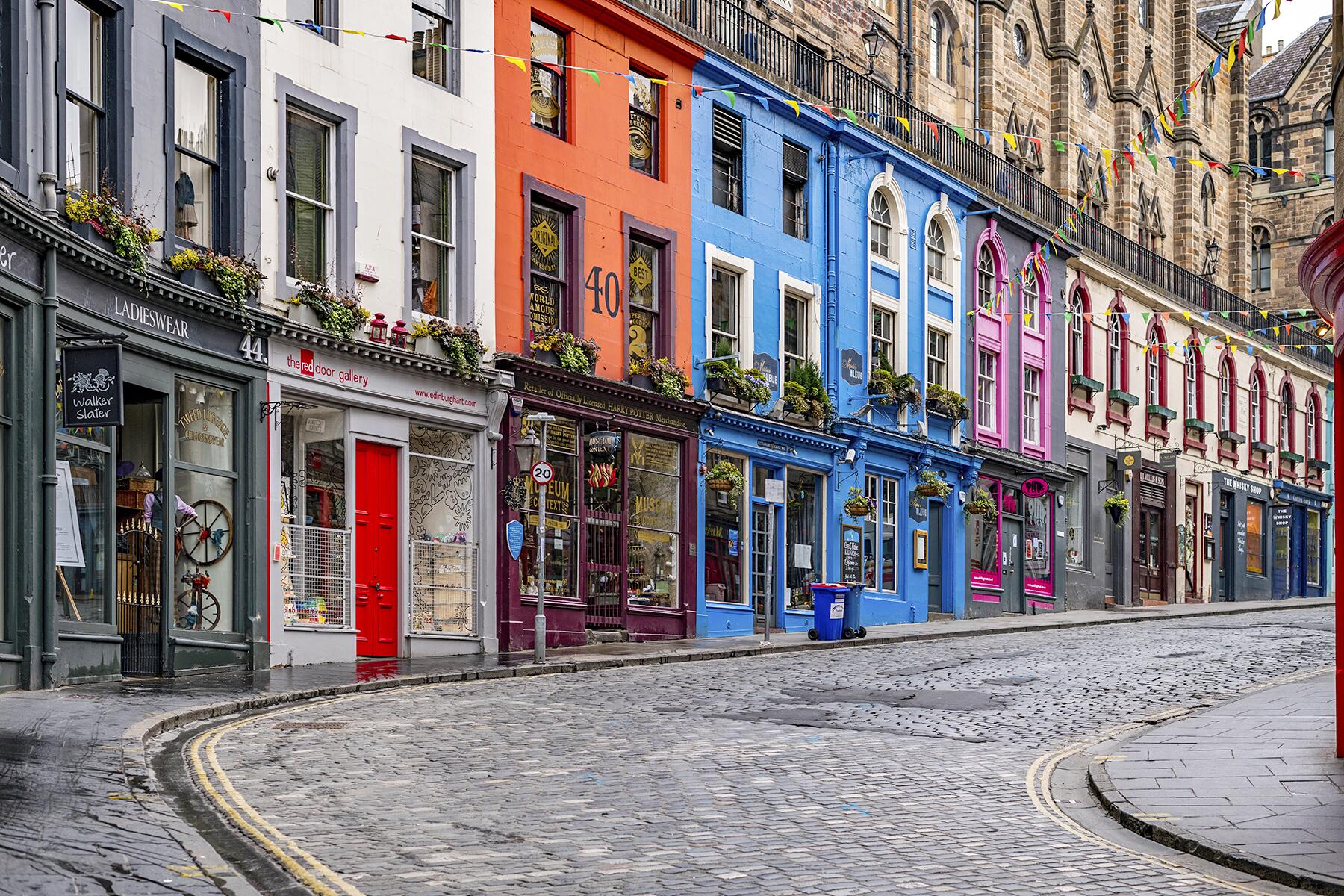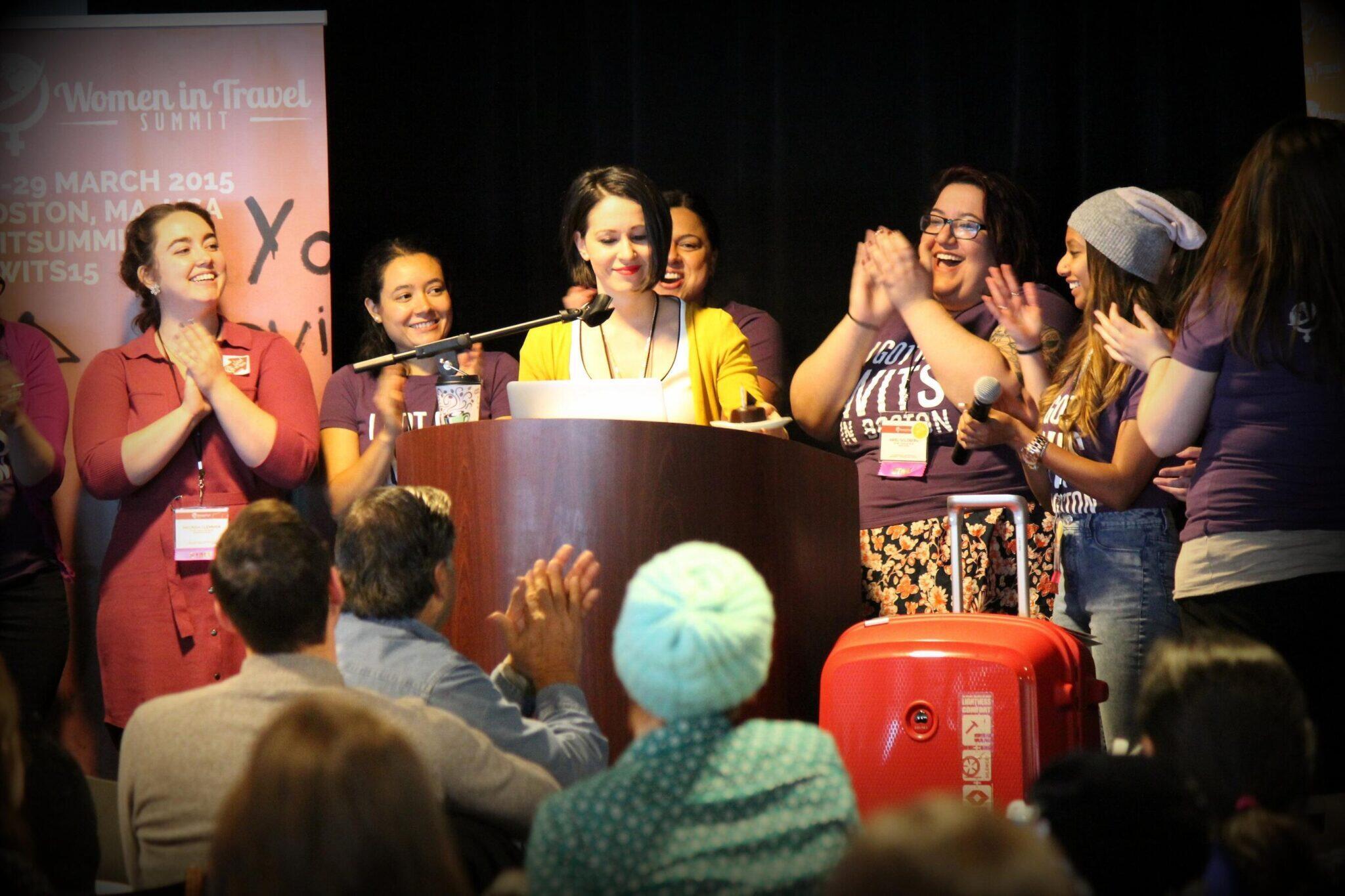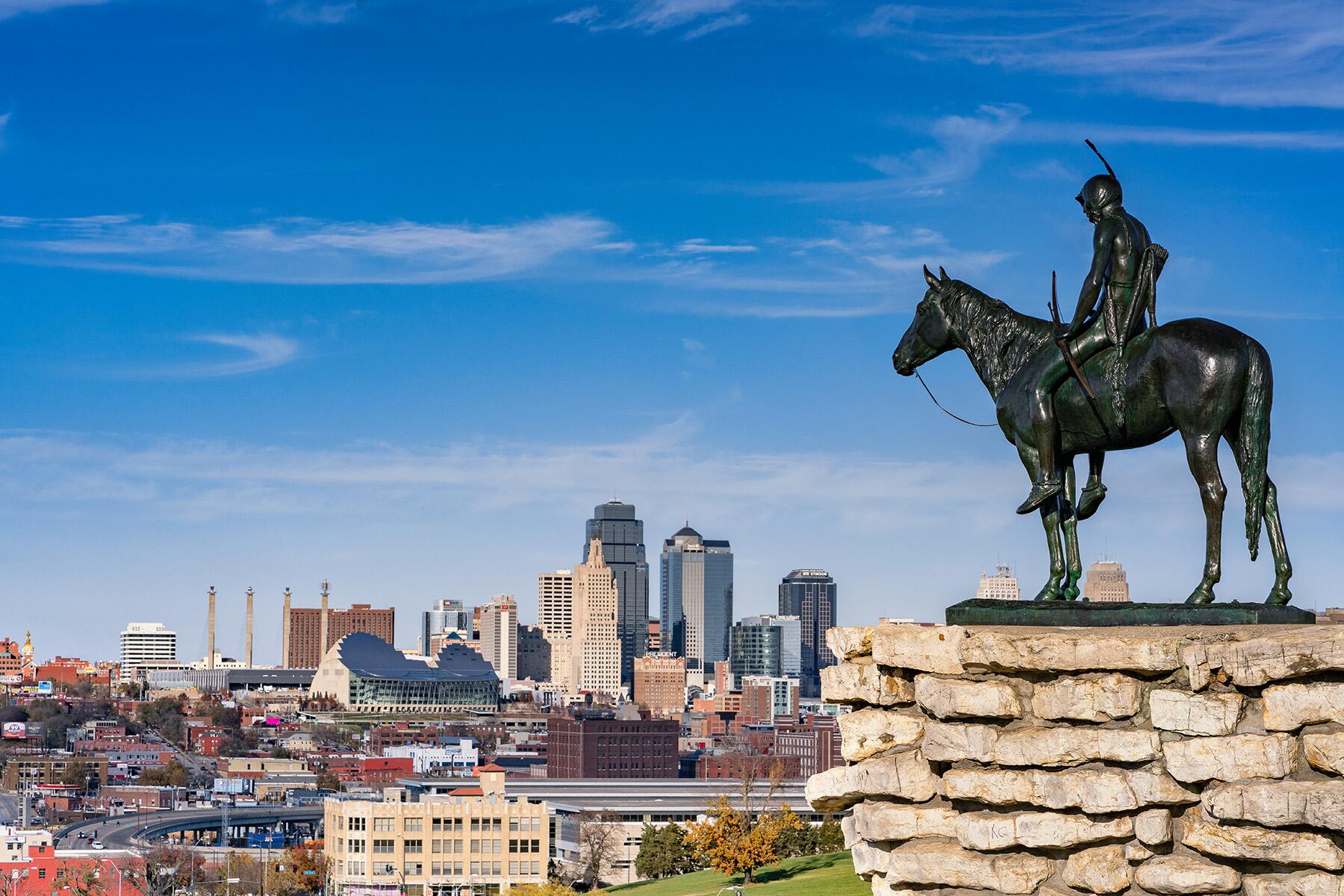From Florida to New York, these 12 small towns were the inspiration behind some incredible stories.
There is nothing like a great book to take you away when you can’t travel. When a great book makes a lasting impression, there is an almost universal desire to visit the place that inspired the author. Being able to walk the same roads as a favorite author or memorable character allows a reader to understand their favorite books in a new, intensely different way. While many great novels are inspired by the lights of big cities like New York City or Los Angeles, small towns across the country have been inspiring authors for centuries. These 12 small towns inspired some of the best and most popular American novels that have stood the test of time.





Please correct the typo in your wonderful writeup about CLARKSDALE (city #4) —you call it "Clarksville" in the 2nd mention. Thanks for the writeup!